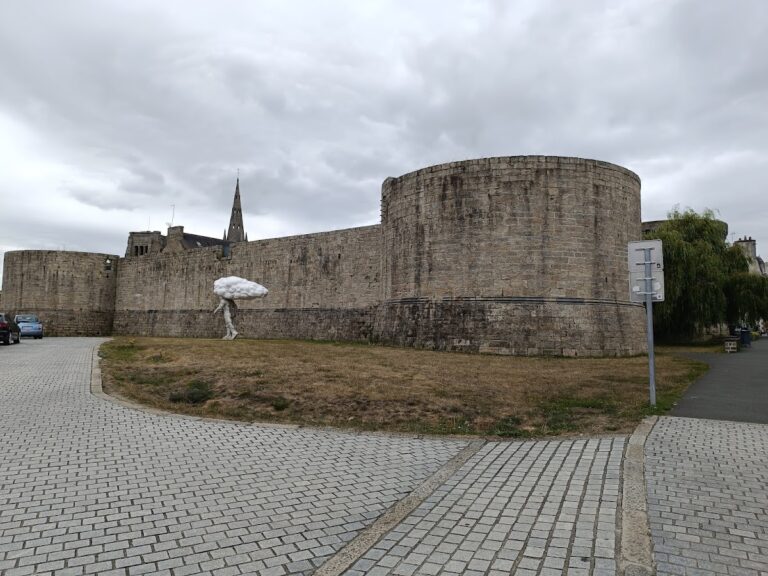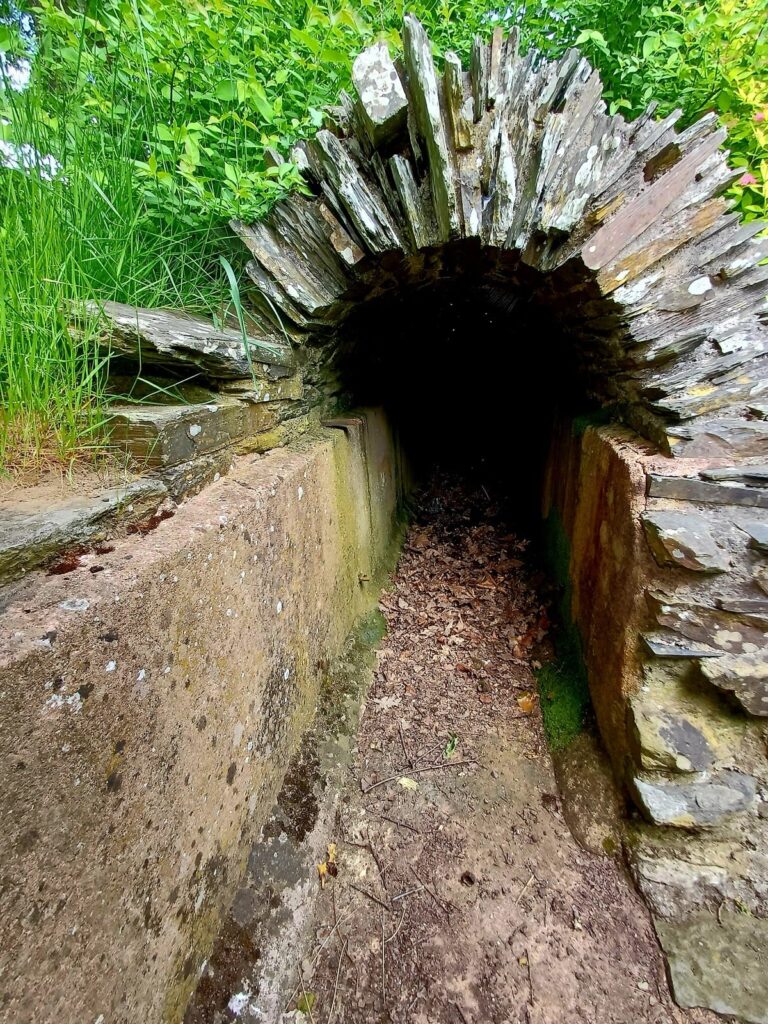Château de Kergrist: A Renaissance Manor in Ploubezre, France
Visitor Information
Google Rating: 4.3
Popularity: Low
Google Maps: View on Google Maps
Official Website: chateau-kergrist.fr
Country: France
Civilization: Unclassified
Remains: Military
History
The Château de Kergrist is situated in the municipality of Ploubezre, France. It was originally constructed by the Breton nobility during the late Middle Ages, reflecting the architectural and cultural traditions of the region known as Trégor in Brittany.
The initial phase of construction began in the 15th century, led by Jehan de Kergrist and his wife Gilette le Cozic. This period saw the establishment of a Renaissance manor, marked by the inclusion of an octagonal tower and two principal residential wings. A vaulted passage connected the northern courtyard to a walled kitchen garden situated to the south, providing a layout typical for the era and region.
In the 16th century, this manor expanded with the addition of a second, larger tower built opposite the original one, symbolizing the family’s growing wealth and status. Later in this century, ownership passed by marriage to Jonathas de Kergariou, who joined with Marie de Kergrist. Under their stewardship, the estate was enhanced with a classical east façade featuring a double straight-flight staircase that opened onto a formal French garden, signifying a Renaissance-to-Classical architectural transition.
During the 18th century, the château came into the possession of the Barbier family, marquises of Lescoët, through marriage. However, the French Revolution in 1792 prompted the family to abandon the property. Following this abandonment, the estate was seized as national property, partitioned into three parts, and subjected to widespread looting.
In 1867, Charles and Julien Huon de Penanster reacquired the château, initiating a restoration aimed at reviving the 17th-century style of the building and its surrounding park. Their efforts included securing period furnishings and acquiring artworks such as wood paneling from the Abbey of Beauport and paintings by artists like Pierre Paul Rubens and Luca Giordano. The façades of the château received official recognition as historic monuments in 1926, securing their protection and acknowledgment of their cultural value.
Remains
The Château de Kergrist is a Renaissance manor characteristic of the Trégor region, originally composed around an octagonal tower flanked by two main residential wings. This design allowed for clear spatial organization, with a vaulted passage that linked the northern courtyard to an enclosed kitchen garden situated on the southern side, combining functionality with a carefully planned layout.
In the 16th century, a second, more substantial tower was constructed opposite the original octagonal tower, indicating a significant extension of the residence. This enlargement reflected the prosperity of its owners and altered the symmetry and scale of the structure. Later architectural additions included a classical-facing east façade featuring a broad double staircase arranged in straight flights, leading down into a formal French garden carefully designed in the 19th century under the guidance of Charles and Claire Huon de Penanster.
Adjacent to this, a simplified southern façade was added in the 17th and 18th centuries, mirroring elements from the eastern front but executed in more restrained styling. Opposite the château lie former stables that have since been fully converted into residential spaces, demonstrating adaptive reuse of the estate’s outbuildings. Nearby, the ruins of the Saint-Laurent chapel stand, marking a spiritual element historically connected to the property.
Surrounding the château is a park spanning roughly four hectares, enriched by extensive forested areas. The gardens experienced a notable redesign in the 19th century, featuring a northern parterre aligned with the original Renaissance façade, an eastern French garden influenced by the renowned landscape architect André Le Nôtre, and a southern English garden positioned in front of a façade inspired by the Louis XIV style. This variety displays a layering of garden styles across centuries.
Within the park remain numerous aged trees dating from the 18th and 19th centuries, some of which suffered damage during the severe storm of 1987. In the 20th century, the creation of the “Jardin des Roches” introduced a new element to the grounds using large granite blocks sourced from a once-buried natural vein, blending the natural geology into the designed landscape.
Inside the château, important artworks from the 17th century enhance the interiors, including paintings by Luca Giordano and Pierre Paul Rubens. These works are placed selectively in the dining room, grand salon, and private chambers, adding cultural richness to the historic setting. The château’s façades continue to be preserved as listed historic monuments, ensuring the survival of this architectural testimony from the 15th through the 18th centuries.










